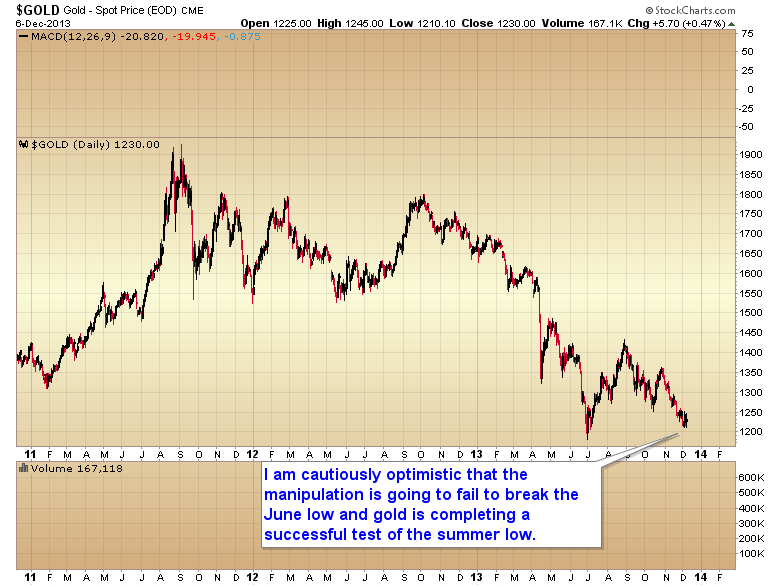Time to buy bearmarket funds
Post on: 11 Апрель, 2015 No Comment

ChuckJaffe
The stock market at record levels — despite economic storm clouds — can be a test for investors.
Sometimes it can also help investors learn about their risk tolerance and ability to stomach certain investments.
When to take investing advice from Twitter
Investors wondering if Twitter is a place to get an insider’s edge on the stock market should keep a few things in mind first. Chuck Jaffe reports. Photo: Getty Images.
At the surface level, bear-market funds are designed to make money when the market is going down, which makes them seem like an unlikely place to go when the market is at all-time highs. Depending on the strength of your feelings, you can simply invest as if you expect a downturn, or you can double-down and use leverage to try to soup up your performance when the rest of the market is in pain.
That kind of thinking, however, points out why the entire category of funds is often misjudged and misused.
Most people only buy into bear-market funds when the market is falling and appears headed for something much worse. Effectively, that means those investors are chasing performance, trying to make money when the market is down.
Talk to money managers and the guys behind bear-market funds, however, and they will tell you their products are designed mostly to be a hedge, diversifying risks and protecting against declines. They say the proper use of their offerings involves a small-but-permanent allocation to the dark side, rather than something to jump into when everything else you own looks to be in the tank.
They also say — and the flows of money into and out of bear-market issues shows — that investors don’t act that way.
Thus, for investors who are at the market’s peak but who are nervous about a possible pullback, a bear-market fund would seem to make a lot of sense, provided that you can get over the idea that you’re buying into a category where the average fund is down about 10% year-to-date, while the Standard & Poor’s 500 is up nearly that much.
Brad Lamensdorf, manager of the Ranger Equity Bear ETF HDGE, +0.80% , noted that bear funds are designed to be more like portfolio insurance, representing a small part of assets in all conditions. “Everybody has an insurance policy for their health, their life, their car, and they sometimes forget about their overall portfolio,” said Lamensdorf. “When hiccups occur, that’s when you’ll be glad to have us in the portfolio. … But you don’t want to wait until the market is having hiccups, because then you will be too late.”
For investors who want to consider a bear fund as portfolio insurance, there’s a wide range of choices available. Funds that bet against an index can be harder to hold in all conditions because their construction means they will go down whenever the index is up; that makes them particularly tough to hold when the market is running strong.
By comparison, actively managed bear funds, like Lamensdorf’s, may simply try to profit by picking the losers that exist even when the market is up. Those funds tend to be atop the bear-market category now, because they’re not working against the full tide of the market.

That said, investors can also self-insure their portfolio by ramping up cash holdings, or allocating more away from the equity market.
“There are a number of ways [besides bear-market funds] to take money off the table if you are concerned about the market,” said Jason Browne, chief investment officer at Fund*X Investment Management. “One is to raise some cash. If you have a balanced portfolio, you can incrementally shift your allocation to less stocks and more bonds. For most people, making an incremental adjustment is better than an extreme move from long to short. … Most investors find it easier to reinvest from cash than to accept a loss on an inverse [or bear-market] holding.”
And that’s why the current market presents such an interesting now-or-never case for bear-market offerings.
David Snowball of MutualFundObserver.com noted that the test is easy for investors to fail, in that it isn’t limited to bear-market funds. “Even folks holding a lot of cash are getting derided as stupid,” Snowball said, “presumably for not finding a lot to love after a 190% run-up. “
Of course, buying a bear-market fund right now is a bit like fixing a leaky roof on a sunny day; it doesn’t feel necessary or effective because the roof isn’t a problem under current conditions.
While most industry observers say it would be foolish for the average investor to think they can simply re-deploy assets with perfect timing — moving into a bear-market fund only when the market has reached a peak and before much of any downward move has passed — it would be equally silly to buy into a fund that should function as portfolio insurance, to have good market times feel like paying the premiums, and then to be out — letting the protection lapse — just when it would come in handy.
Thus, if you’re an average buy-and-hold investor and you can’t stomach a bear-market fund now, you probably shouldn’t buy one ever.














